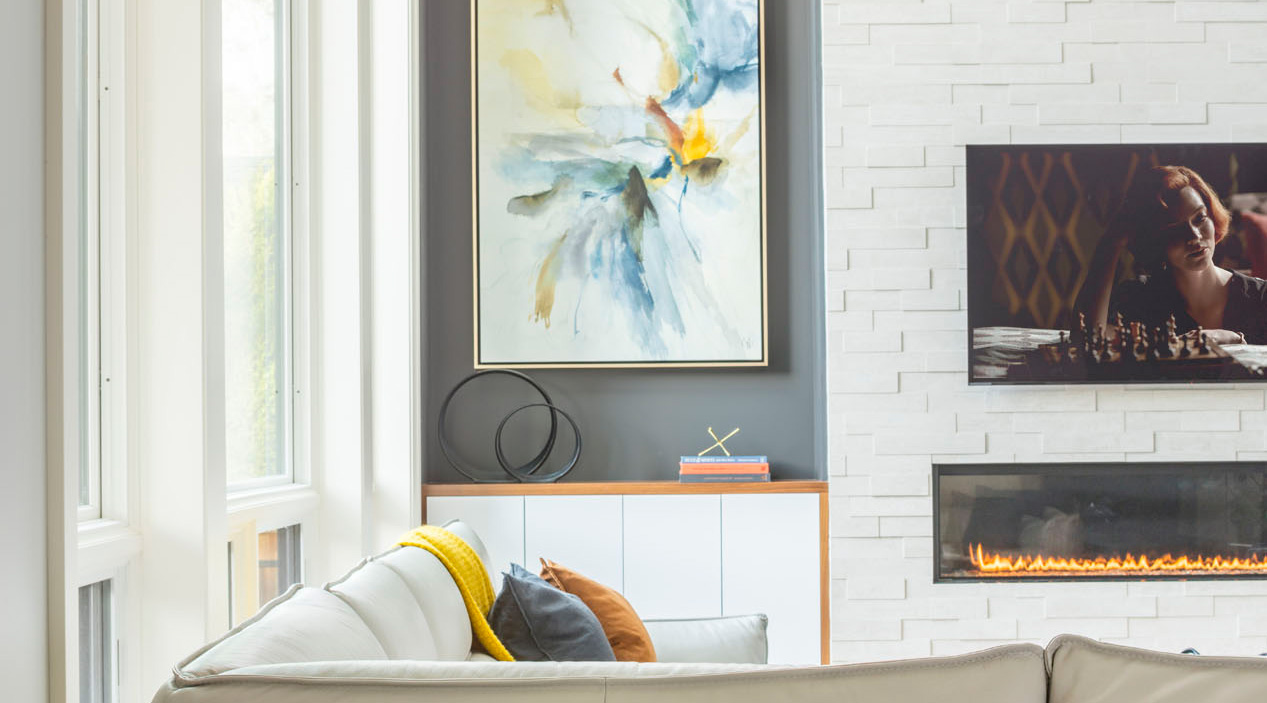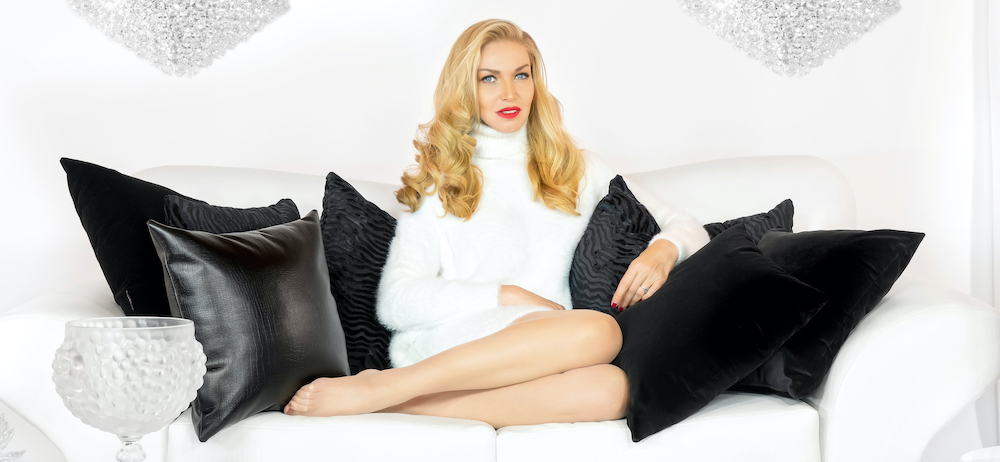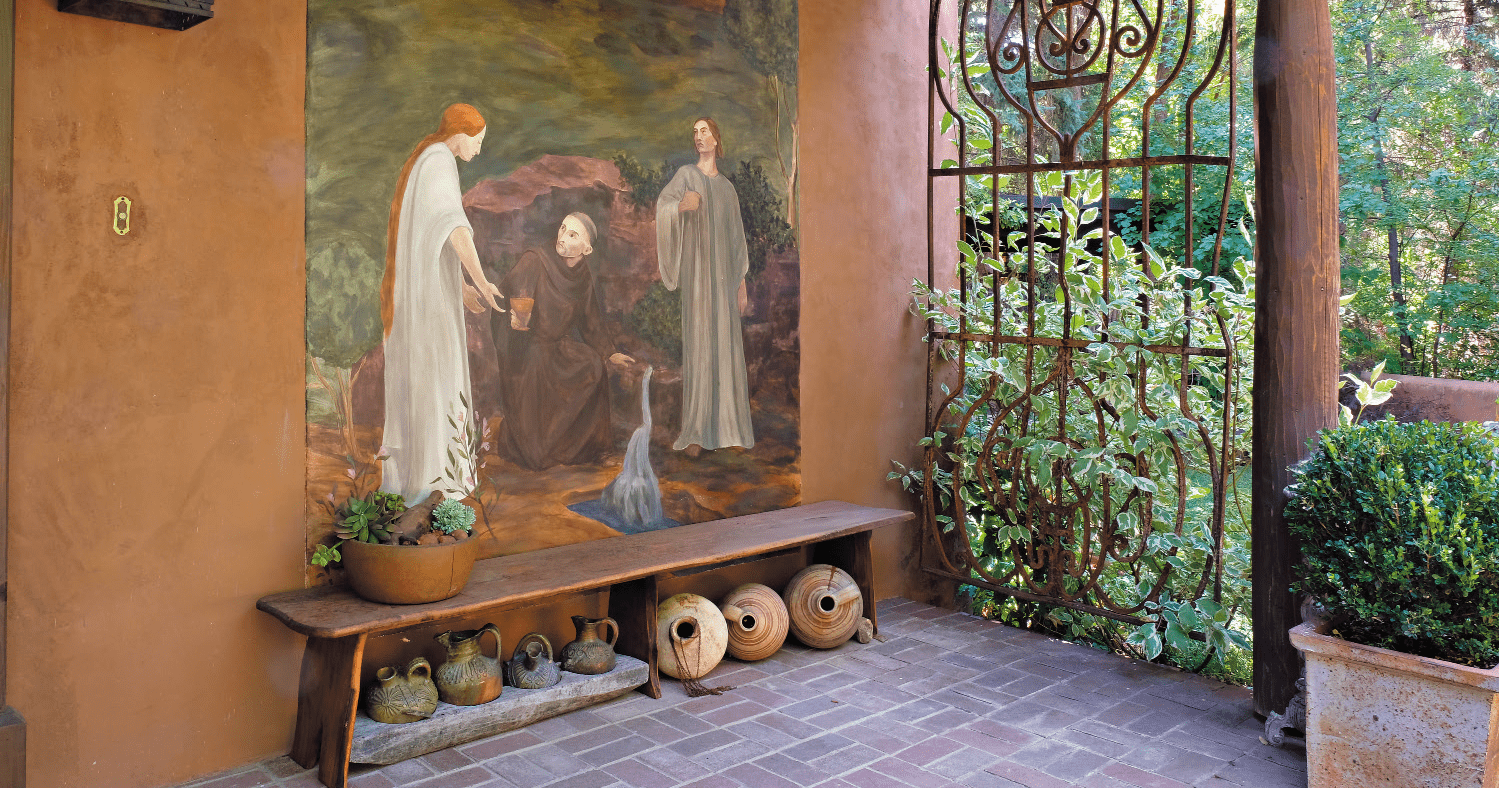Born in Moldavia – and educated with dual degrees in business and interior design from Israeli and Canadian universities – Anna Popov moved to the states nine years ago.
She established her own firm, Interiors by Popov, six years ago in Bellevue, Wash., to specialize in luxury, high-end residential projects.
Hers is a client-driven business, in more ways than one. “We’ll take on a small or a larger project but we need a client who understands value of good design,” she says.
She views her work as a support system for her clients, and approaches interior design by starting with function and structure. “It’s a pragmatic approach, since clients come to us with things they need to achieve in their residences,” she says. “We identify the problems and solutions, dissect the requirements, and approach the process as engineers approach a design process.”
Every action an occupant takes is supported by the systems her firm designs. And when it’s designed smartly, it works for everyone – parents, children, grandparents and grandchildren alike.
And it’s unobtrusive. “Our design is very minimal – we’re trying to force ourselves to be simple, with substance and no ornament,” she says. “Everything is very straightforward, every line counts, and every object counts.”
Though location and local resources are given strong consideration, even her material palette depends on her clients’ tastes. “That’s not for me to say – it depends on the client,” she says. “It’s not relevant what I like, but what’s most suitable for that particular project.”
Site and geography play a major role in her designs, to the point of where she’ll turn down projects if a potential client turn its back to them. “What we want to do with the interior is blur the lines between site and architecture,” she says. “We want a smooth flow to those, rather than harsh lines between those two.”
And she refuses to compete with nature. “Whatever the setting is, whether a condo in an urban environment, a home on the ocean, or a cabin in woods, we never, ever, compete with what’s outside,” she says. “We understand the surroundings and make the choices indoors.”
And she uses an architect’s eye when she evaluates scale and proportion as design elements. “I don’t care about color and texture – scale and proportion are key to good design,” she says. “They are key not just to interiors but to architecture.”
There’s a rare and almost scientific functionality to her work – and it yields an eye-pleasing, minimal aesthetic.
For more, go here.
[slideshow id=2468]



